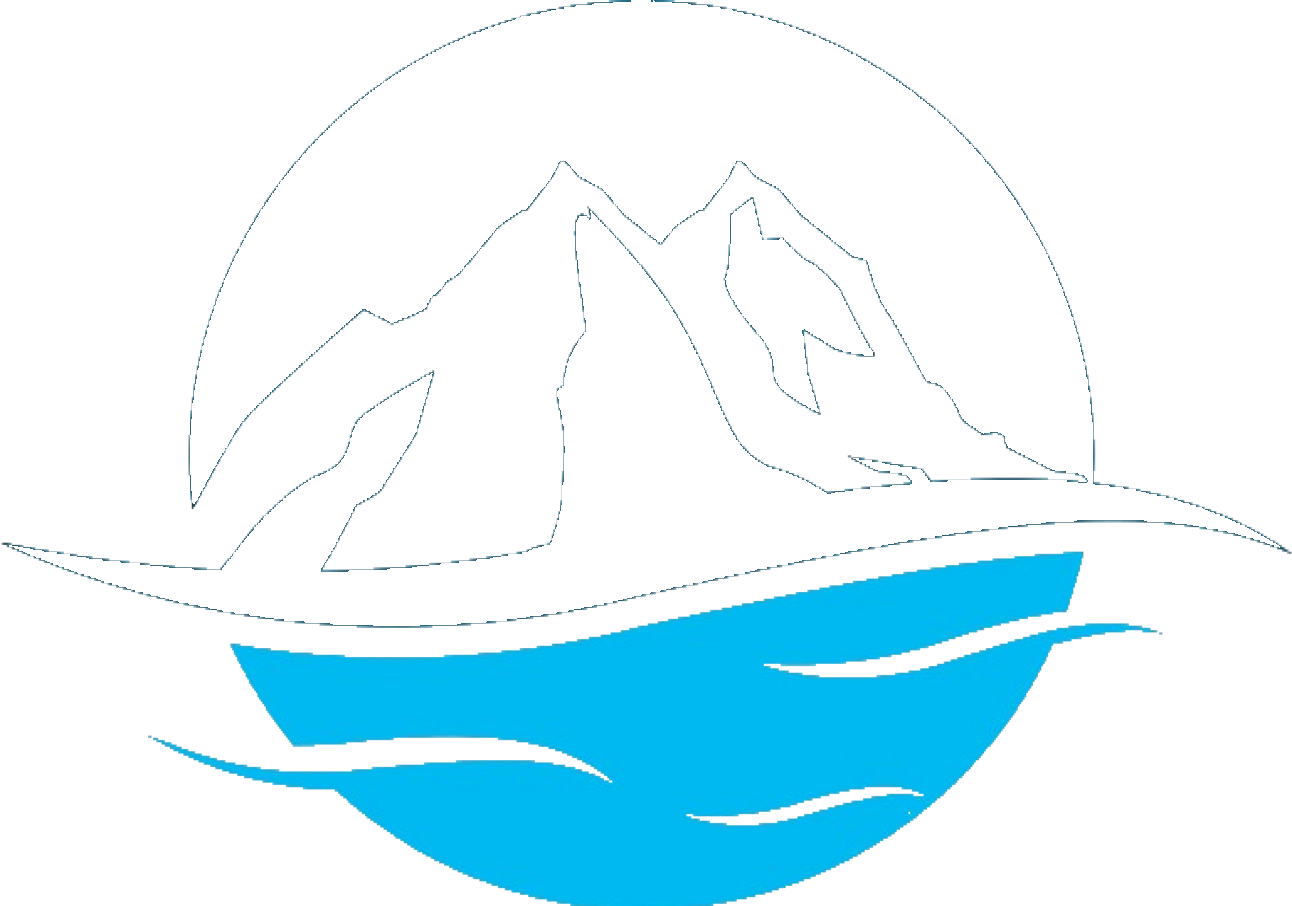 SNOFLO
SNOFLO- Login
- Climate ►
- Recreation ►
- Tools ►
 SNOFLO
SNOFLO
Utah's network of dams and reservoirs plays a crucial role in water storage and management, impacting local communities, agriculture, and ecosystems. Recent observations indicate that certain reservoirs are experiencing abnormal storage levels that could signify underlying environmental and management challenges. For instance, Utah Lake's current storage of 872,132 acre-feet far exceeds its average of 629,018.51 acre-feet, hinting at potential oversupply issues. On the other end of the spectrum, Washington Lake is markedly below its average storage, at just 390 acre-feet compared to an expected 1,466.71 acre-feet. These irregularities may be influenced by factors such as fluctuating snowpack levels affecting river flows and runoff patterns, requiring close monitoring and possibly adjustments in water management strategies.
Diving deeper, Stewart Lake Outflow is notably reduced, currently at 1 ft³/s compared to the average 2.45 ft³/s, which could impact downstream water availability. Similarly, Flaming Gorge Reservoir is above its average storage, with 3,132,507 acre-feet versus the usual 2,913,152.18 acre-feet, possibly due to strategic water retention or higher inflows. In contrast, Upper Stillwater Reservoir is well below its average storage level, recording 8,769 acre-feet against an average of 14,153.02 acre-feet. These conditions may be symptomatic of broader issues highlighted in reports about the shrinking Colorado River and the need for improved water recycling practices, as discussed by sources like ABC News and NewsBreak. The discrepancy between current storage levels and historical averages across Utah's reservoirs underscores the necessity for more robust water conservation measures and the potential benefits of expanding wastewater recycling initiatives to mitigate the impacts of variable hydrological conditions.
| Name | Year Built | Normal Storage | Dam Height | Max Discharge | Hazard Potential | Drainage Area |
|---|
